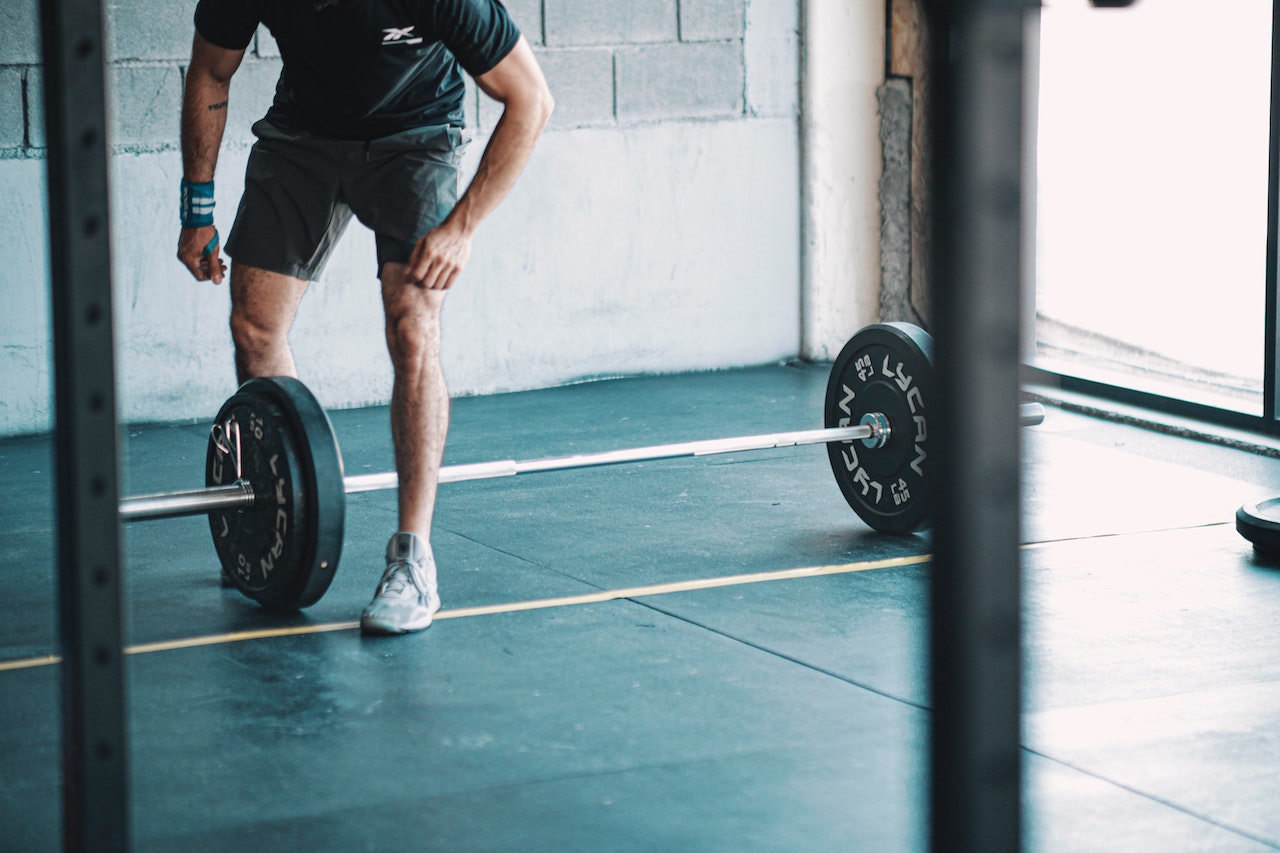
What is Progressive Overload?
Progressive overload can be the practice of gradually increasing the demands on your muscles over time. This can involve increasing the weight, reps, or sets of an exercise, or decreasing the rest time between sets. By doing so, you force your body to adapt to the new stress. This results in improved muscle strength, hypertrophy, and fitness.
Why Does it Work?
Over time, as you continue to increase the demands on your muscles through progressive overload, your body adapts to the new stress, leading to muscle hypertrophy, strength gains, and improvements in fitness. This adaptation process involves several physiological changes. Some of them include increased muscle fiber size, increased neuromuscular efficiency, and improved cardiovascular function.
Benefits:
- Improved Strength. It helps you improve your strength by gradually increasing the demands on your muscles. This lead to increased muscle fiber recruitment and strength gains.
- Increased Hypertrophy. By increasing the demands on your muscles, you stimulate muscle growth and hypertrophy, resulting in bigger and stronger muscles.
- Better Fitness. Progressive overload can help you improve your cardiovascular fitness by increasing the demands on your cardiovascular system, leading to improved endurance and overall fitness.
- Reduced Plateaus. Plateaus occur when your progress stalls, and you’re no longer seeing improvements in strength or hypertrophy. By using it, you continually challenge your body and reduce the risk of plateaus.
Research Study:
A meta-analysis published in the Journal of Strength and Conditioning Research in 2021 found that progressive overload is an effective training strategy for improving strength and muscle hypertrophy. The analysis involved 43 studies and 1,152 participants, and the results showed that progressive overload produced significantly greater improvements in strength and muscle hypertrophy compared to non-progressive overload interventions.
Schoenfeld, B. J., & Grgic, J. (2021). Progressive overload in resistance training: A systematic review and meta-analysis. Journal of Strength and Conditioning Research, 35(11), 3261-3271.
An Example:
Let’s say you want to improve your squat strength. You start by squatting with a weight you can comfortably lift for 3 sets of 10 reps. Your goal is to increase your strength over time, so you apply progressive overload by gradually increasing the weight, reps, or sets.
For example, you could:
Increase the weight:
Next week, you increase the weight by 5 pounds and aim to lift that weight for 3 sets of 10 reps.
Increase the reps:
Alternatively, you could try to perform 3 sets of 12 reps with the same weight you used previously.
Decrease the rest time:
You could also try to squat the same weight for the same number of sets and reps, but decrease your rest time between sets. The key is to gradually increase the demands on your muscles over time. By doing so, you force your body to adapt to the increased stress and become stronger, resulting in improved squat strength.
In conclusion, progressive overload is a powerful tool for improving your strength, hypertrophy, and overall fitness. By gradually increasing the demands on your body over time, you force your body to adapt and become stronger. Remember to start with small increases and progress gradually, allowing your body time to adapt to the new stress. With patience and consistency, you can make great improvements using progressive overload in your training plans.



